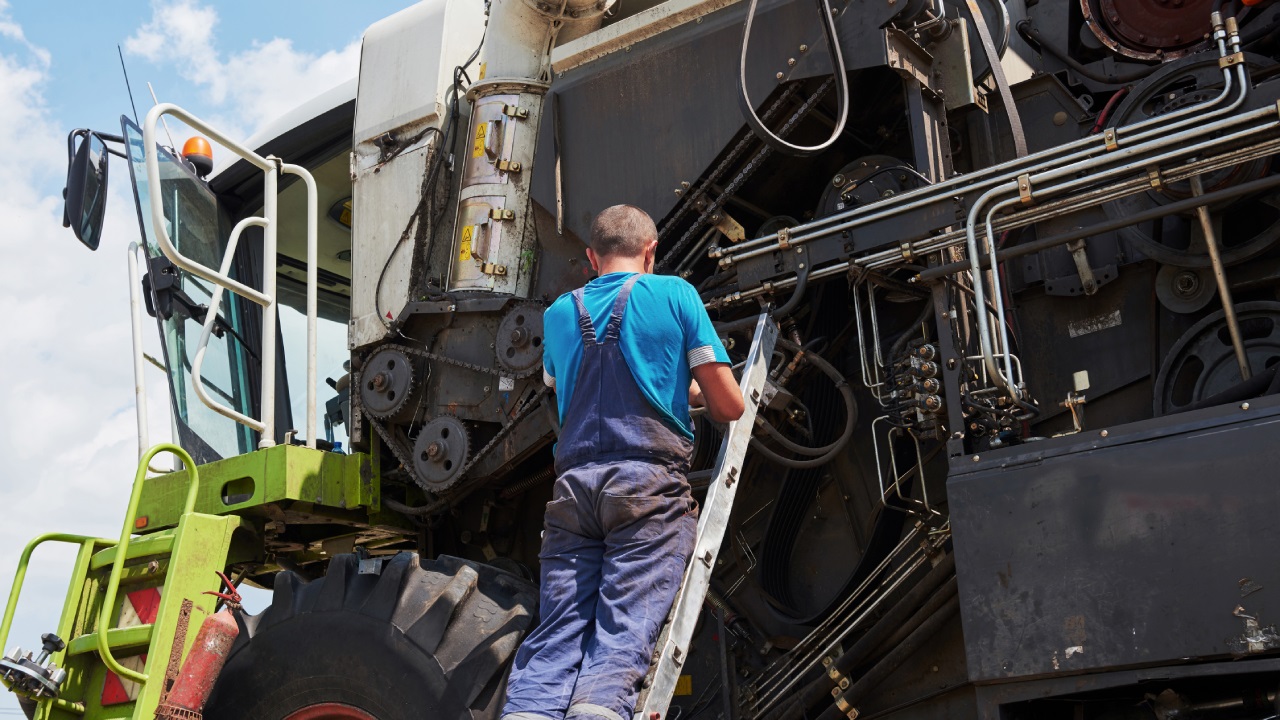Hiring skilled mechanics often reveals a disconnect between the hiring processes designed by HR departments and the unique mindset of these hands-on professionals. Mechanics excel through kinesthetic learning and meticulous attention to detail, often making traditional, lengthy hiring processes a poor fit. This article explores the mechanics’ mindset, highlights why conventional approaches may fail, and offers practical solutions for companies looking to attract and retain top talent.
Understanding the Mechanics’ Mindset:
Mechanics are predominantly kinesthetic learners, meaning they absorb and retain information by actively engaging with tasks. Research shows that kinesthetic learners make up about 15% of the population, excelling when they can “learn by doing” rather than reading or listening (UBC Blogs) (Thinkific). This practical approach is why mechanics often struggle with job descriptions and interviews that don’t match their working style, as they prefer hands-on engagement over theoretical explanations.
Attention to Detail:
A mechanic’s attention to detail is second nature, integral to their success. Whether diagnosing a complex engine issue or ensuring that every component fits perfectly, precision is essential. A report from the American Society for Mechanical Engineers (ASME) emphasizes that the ability to detect subtle anomalies in machinery directly impacts a mechanic’s performance (Thinkific). This sharp attention to detail often makes long job descriptions redundant. Mechanics are more likely to engage with tasks than rely on detailed, theoretical discussions about them.
The Conflict with Lengthy Hiring Processes:
Many HR departments structure their hiring around traditional white-collar recruitment, relying on multiple interviews, written tests, and abstract problem-solving exercises. According to a 2022 report by Deloitte, up to 46% of skilled tradespeople report frustration with conventional hiring processes, claiming they don’t reflect the realities of their jobs (Growth Engineering) For mechanics, whose primary strengths lie in practical problem-solving, these hiring methods can feel out of touch. They assess their own performance based on the results they achieve, not through interviews or exams, which often do not test their hands-on abilities.
The Role of Practical Assessments:
One way to solve this problem is by incorporating practical assessments into the hiring process. Studies in workforce development suggest that practical tests—like simulated tasks or diagnostic challenges—are the most effective tools for evaluating technical skills. According to the Manufacturing Institute, companies that use practical assessments for skilled labor positions see a 30% increase in hiring success (Thinkific). By offering candidates real-world tasks as part of the interview process, employers can more accurately gauge their problem-solving skills and technical expertise.
Streamlining the Hiring Process:
Streamlining is key to attracting top mechanics. In a competitive market where job postings often go unfilled for months, cutting unnecessary steps in the hiring process can make a company more attractive to candidates. Streamlined hiring involves reducing paperwork and multiple interview stages in favor of more targeted evaluations. For instance, offering a combination of technical interviews and on-site practical assessments ensures that hiring focuses on what mechanics do best: working with their hands. According to a 2023 survey from the National Association of Manufacturers (NAM), companies that streamline hiring for mechanics reduce their time-to-hire by 25% (Growth Engineering)
Building Stronger Connections:
A more collaborative approach between HR and mechanics is essential. HR professionals can benefit from engaging more directly with mechanics during the hiring process to better understand their work preferences and career aspirations. According to SHRM, communication between HR and skilled tradespeople improves retention by up to 20% (Growth Engineering) Clearer communication ensures that hiring processes align with the practical, results-oriented mindset of mechanics. Regular feedback loops, where HR teams engage with technicians on their recruitment experience, can refine future hiring strategies and enhance job satisfaction.
Conclusion:
Bridging the gap between HR and mechanics requires a deep understanding of how mechanics think and work. Companies that adapt by incorporating practical assessments, streamlining the hiring process, and fostering strong connections between HR and technicians will not only attract the best talent but will also retain a highly skilled workforce capable of driving long-term success.







